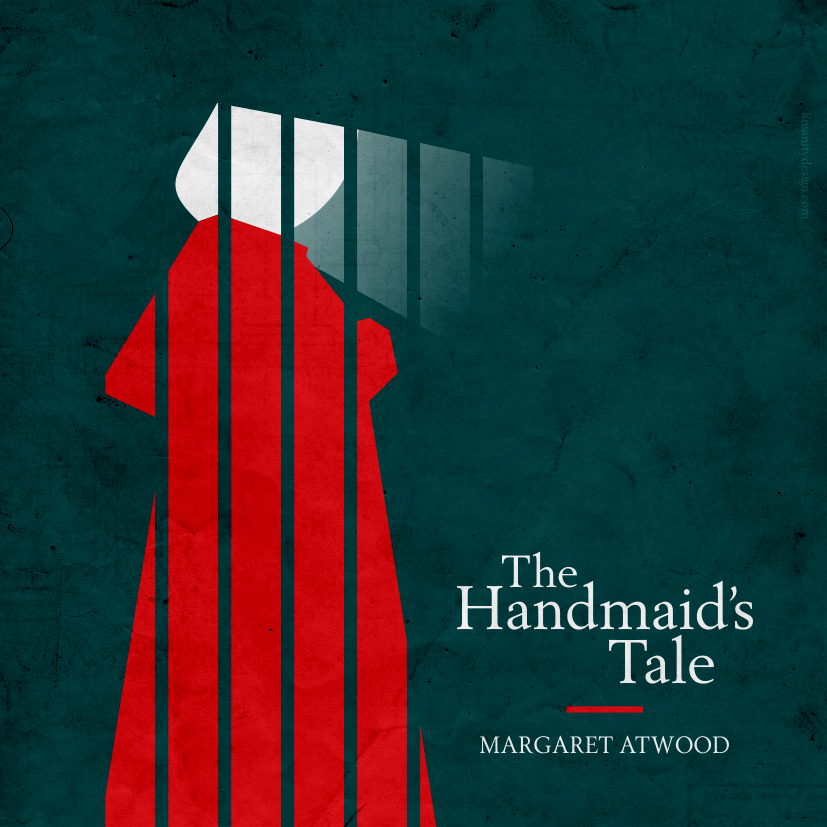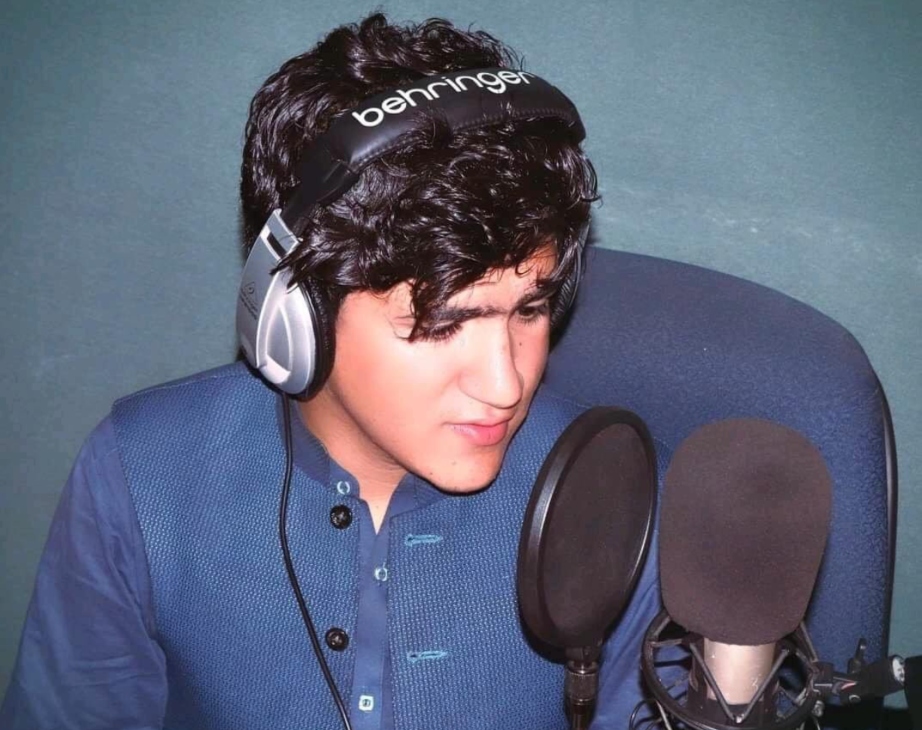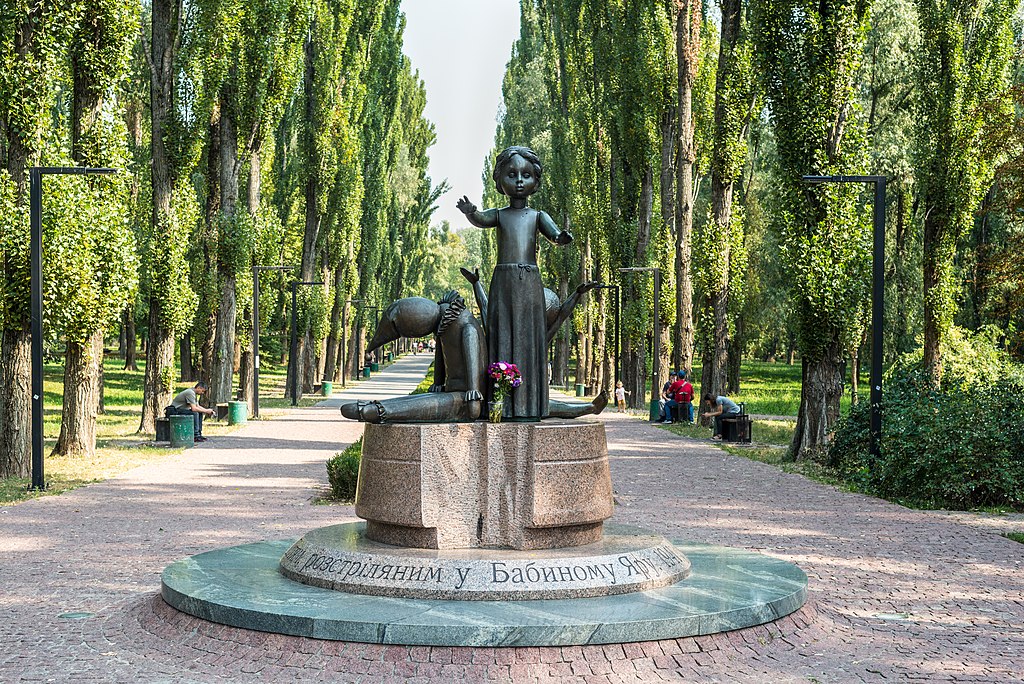The familiar pre-broadcast warning, “contains scenes of violence that some viewers may find disturbing”, was clearly insufficient for Tuesday’s UK TV documentary about war crimes committed in the final months of Sri Lanka’s civil war.
Mobile phones documented the birth, death and rebirth of the habit of atrocity and murder of civilians in Sri Lanka. Compiled for the film Sri Lanka’s Killing Fields, it made for grim viewing. Channel 4 TV warned that it contained “probably the most horrific” footage it has ever shown, scheduling it for just before midnight.
Yet Channel 4 did not shirk its significance, unlocking access to the film on its website so it could be seen worldwide for a further seven days.
Normally access is limited to UK and Irish viewers, but putting the film out in full and contextualised sounded like a good idea, given the likelihood of the most horrible clips being lifted from the TV and circulated via e-mail and mobile phone.
Much of the worst clips had their origin in the same way, what the media calls “user generated content” or “UGC” — footage shot on handheld video cameras or in some cases, by the killers’ associates on their own mobile phones.
Director Callum Macrae, whose team spent months tracking down the films, says the increasing availability of such footage should make it easier to build a war crimes prosecution case, not just in Sri Lanka, but in any conflict.
“From now on, the victims –– and all too often the perpetrators as well — will keep a record,” he wrote for the Guardian’s website. “Modern technology means you will never again get away with committing these kind of war crimes and crimes against humanity in secret.”
The evidence, added to the documentary, was given a special showing in Geneva before the UN Human Rights Council last month. A UN “panel of experts” has found that allegations of war crimes and crimes against humanity by both the Sri Lankan government and the Tamil Tigers are “credible”.
In the face of the advance buzz surrounding the documentary, government supporters packing the internet’s chat boards and messaging the Sinhalese diaspora shifted their normal line of accusing C4 of broadcasting fake footage to a different, but discernibly consistent plea.
“Yes, it was horrible, but let’s put it all behind us,” said one of many, quoting Sri Lankan President Mahinda Rajapaksa‘s regular line: “Sri Lanka, one nation, one people”.
The trouble is that Sri Lanka has been here before. Several times. In 1971 a youth rebellion led by the Sinhalese Sri Lankan People’s Liberation Front (JVP) claimed 15,000 lives amidst widespread reports of extra-judicial killings.
In 1987/89 the JVP came back, reborn as an ultra-nationalist terrorist group, murdering hundreds and virtually collapsing the country with a series of general strikes enforced by violence. Again thousands more died in the military clampdown on the country’s south, amidst the by now familiar “credible reports of state-instigated atrocities”.
In 1983 the government called on thugs in its party organisation to send a message to the country’s Tamil minority. The resulting riots saw at least 600 Tamils massacred and their homes destroyed, and the rise of the Tamil Tigers, arguably modern history’s most fearsome and fearless insurgent force.
Tens of thousands more died in the 26 year long civil war that followed, barely slowed by Norwegian and Indian interventions, ending with the crushing of the Tiger rebels in a series of military offensives in 2009 that culminated in the events documented by Sri Lanka’s Killing Fields.
Presenter Jon Snow called the film “one of the most important” stories he has ever reported. “I have reported civil wars before, not least in Central America in the 1980s but I have never seen such graphic evidence, often at the hands of government soldiers themselves of what have all the hallmarks of war crimes.”
It may be that the film, prima facie evidence of crimes committed by both sides, will be all that is needed to get UN secretary-general Ban Ki Moon to create an international mechanism to properly investigate them.
The likelihood is that this will not happen — Moon claims he does not have the authority — and that the film, plus all the other “UGC” still out there, shared in private between soldiers or buried with their creators in mass graves, will end up as little more than a vile pictorial tribute to Sri Lanka’s brutal and repetitive way with a political crisis.




